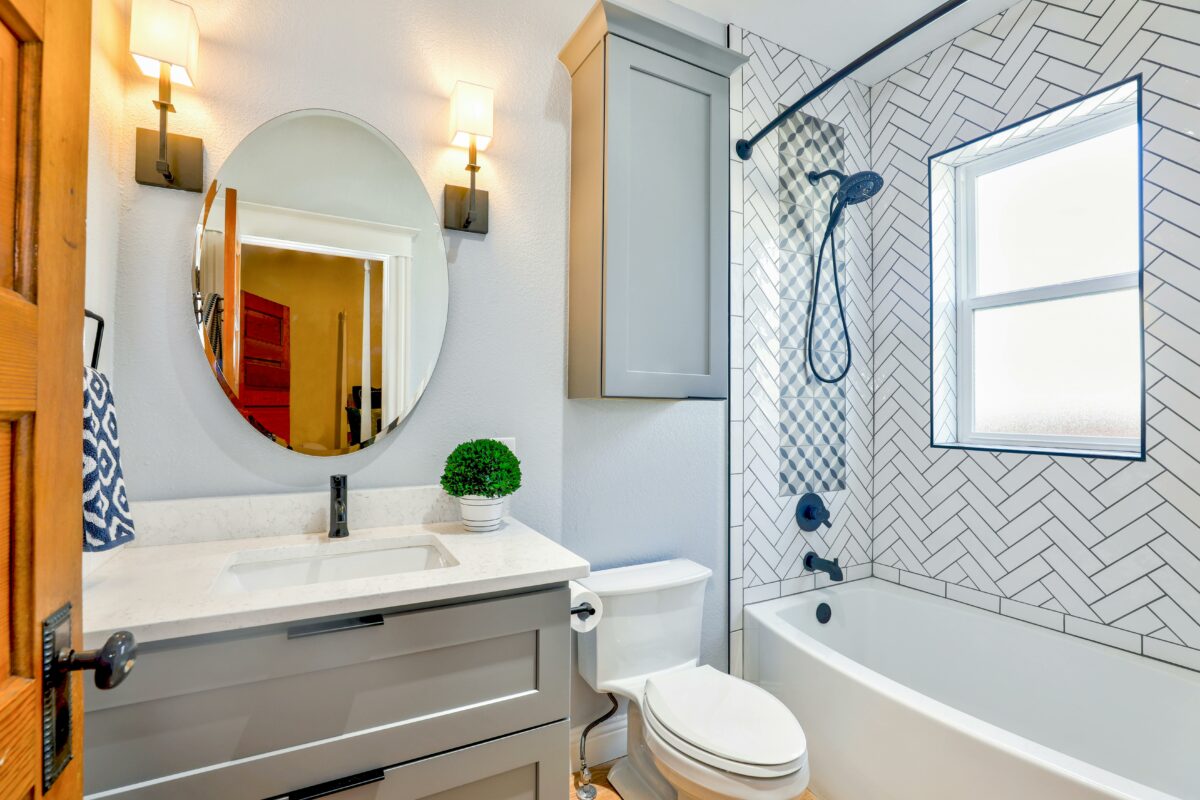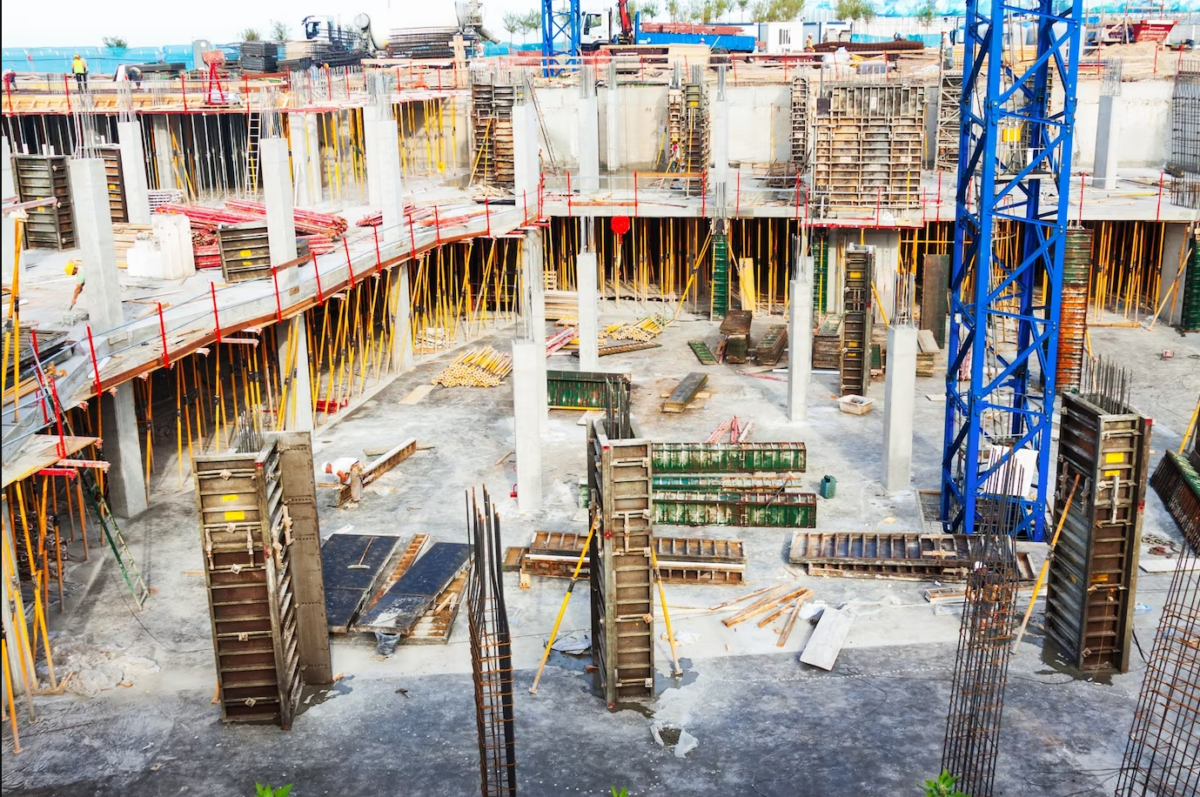Are you considering adding an Accessory Dwelling Unit (ADU) to your property in Los Angeles? With their growing popularity, it’s essential to understand the rules and regulations. A common question many homeowners have is: Do I need a permit for ADU Construction in Los Angeles? Let’s find out.
The Popularity of ADUs
ADUs are becoming more common in Los Angeles, and it’s not hard to see why. They offer flexibility and utility in various settings, whether you are in a bustling city neighborhood or a quieter suburban area. ADUs can serve as rental units, guest houses, or extra space for family members. As property values rise and living spaces shrink, more people are turning to ADUs for additional room and income.
Permits: The Key to ADU Construction
So, do you need a permit to build an ADU in Los Angeles is the question?
Yes, you do. Permits for hiring ADU services in Los Angeles for building ADUs are required to ensure your construction meets local building codes and safety standards. They are crucial for legal and safe construction, providing peace of mind that your new ADU is compliant with city regulations.
Building ADUs with Ease: AAA Constructions to the Rescue
The permit process can seem overwhelming, but AAA Constructions makes it easy. We specialize in helping homeowners build ADUs efficiently and with minimal hassle. Here are five reasons why AAA Constructions is the best choice for your ADU project:
● Experience and Knowledge
AAA Constructions has years of experience in building ADUs in Los Angeles. We understand the local regulations and can guide you through the entire permit process. Our expertise ensures that your ADU project is in good hands.
● Customized Designs
We know that each homeowner has unique needs. Our design team works with you to create a custom ADU that suits your property and personal style. Whether you want a contemporary look or something more traditional, we can make it happen.
● Efficient Process
We streamline the ADU construction process, handling everything from initial planning to final inspections. Our goal is to complete your ADU on time and within budget, without compromising on quality.
● Quality Construction
Quality is our top priority. We use high-quality materials and employ skilled craftsmen to ensure your ADU is built to last. You can trust that your new space will be both beautiful and durable.
● Exceptional Customer Service
At AAA Constructions, we believe in clear communication and excellent customer service. We are here to answer your questions and keep you informed throughout the construction process. You can count on us to be responsive and attentive to your needs.
Your Journey of Building ADUs Start with AAA Constructions
Building an Accessory Dwelling Unit (ADU) in Los Angeles is a fantastic way to add value to your property, create additional rental income, or provide extra space for family and friends. However, the permitting process can be a hurdle that requires careful navigation and that’s where AAA Constructions comes in, providing expert guidance to help you through the complexities of the permit process and beyond.
By choosing AAA Constructions, you are partnering with a team of professionals dedicated to making the journey of ADU construction in Los Angeles as seamless as possible. We take care of everything, from initial design and permit applications to the final touches on construction, ensuring a smooth and stress-free experience. So, if you are ready to turn your ADU dreams into reality, contact AAA Constructions today for a free consultation, and let’s get started on building the perfect addition to your home.






